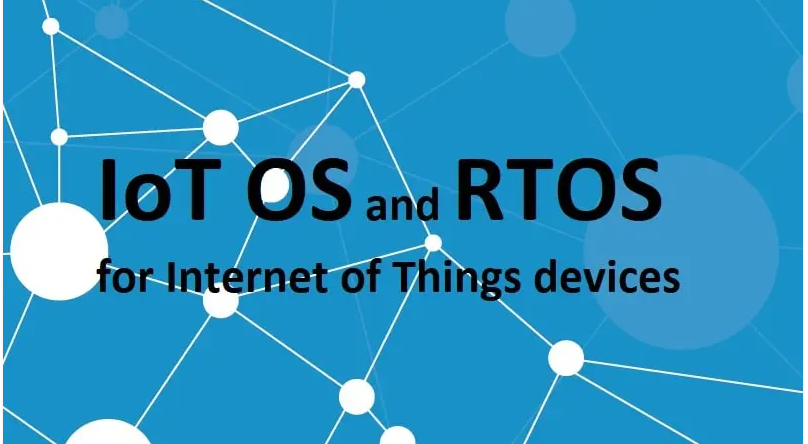Embedded Systems 101: RTOS and IoT OS Demystified
 Resham Suryawanshi
Resham SuryawanshiTable of contents

Embedded systems are becoming more and more ubiquitous in our daily lives, from small consumer electronics like smartwatches and fitness trackers to large industrial systems like medical equipment and automobiles. These systems are designed to perform specific functions and require a specialized operating system to control their operations. In this blog, we'll take a closer look at two types of operating systems that are commonly used in embedded devices: Real-Time Operating Systems (RTOS) and Internet of Things (IoT) Operating Systems (OS).
Real-Time Operating Systems (RTOS)
RTOS is a type of operating system that is designed to provide quick and deterministic response times to real-world events. It's essential for embedded systems that require immediate and predictable processing of time-critical tasks. RTOS are commonly used in industrial control systems, medical equipment, and avionics.
For example, consider an industrial control system that monitors and adjusts the temperature and pressure in a chemical manufacturing plant. The RTOS in this system must be able to respond to changes in temperature and pressure in real-time and make the necessary adjustments to maintain a safe operating environment. An RTOS typically features a real-time scheduler that prioritizes tasks and ensures that the highest priority task is executed first, even under heavy load. This ensures that the system can respond to events in a timely manner and maintain the desired operating conditions.
Another example is a medical device like an insulin pump. The RTOS in this device must be able to deliver insulin quickly and accurately in response to changes in the patient's glucose levels. The real-time nature of RTOS is essential for maintaining the health and safety of the patient.
The main advantage of RTOS is its deterministic behavior. This means that, with RTOS, you can predict the time it will take for a task to complete. This is crucial for safety-critical applications where a delay in response could result in harm to people or damage to equipment.
Internet of Things (IoT) Operating Systems (OS)
The Internet of Things (IoT) refers to the interconnected network of physical devices that can collect and exchange data. IoT devices are becoming increasingly common in homes, businesses, and industrial settings. These devices often have limited resources and require a specialized operating system to control their functions and allow them to communicate with other devices.
IoT operating systems are designed specifically for IoT devices and are optimized for low power consumption, small size, and efficient processing. They typically feature built-in support for wireless communication protocols like Wi-Fi and Bluetooth, which allows the devices to connect to the internet and exchange data.
For example, consider a smart home system that allows you to control and monitor your home from a mobile device. The IoT operating system in this system must be able to efficiently process the data from sensors and devices, such as temperature and motion sensors, and allow you to control devices like lights and locks from your phone.
Another example is an industrial IoT system that monitors and controls a fleet of vehicles. The IoT operating system in this system must be able to process the data from GPS, engine sensors, and other devices in real-time and provide the necessary information to optimize operations and reduce costs.
IoT operating systems are also designed to be secure, with features such as secure boot, data encryption, and access control. This is important as IoT devices often collect and transmit sensitive data, and their security can have serious consequences for individuals and organizations.
In conclusion, Real-Time Operating Systems and IoT Operating Systems are essential components of embedded devices. RTOS are designed to provide quick and predictable response times for time-critical tasks, making them ideal for safety-critical applications like industrial control systems and medical devices. On the other hand, IoT Operating Systems are optimized for low power consumption, small size, and efficient processing, making them well-suited for IoT devices like smart homes and industrial IoT systems. These specialized operating systems are critical to the functioning of embedded devices, and they play a crucial role in enabling the communication and control of these systems. By understanding the differences between RTOS and IoT OS, we can make informed decisions when choosing an operating system for our embedded devices.
Subscribe to my newsletter
Read articles from Resham Suryawanshi directly inside your inbox. Subscribe to the newsletter, and don't miss out.
Written by
